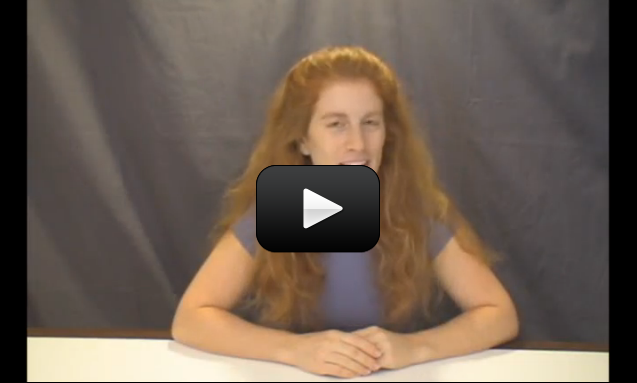When you warm up leftovers, have you ever wondered why the microwave heats the food and not the plate? (Well, some plates, anyway.) It has to do with the way microwave ovens work.
Microwave ovens use dielectric heating (or high frequency heating) to heat your food. Basically, the microwave oven shoots light beams that are tuned to excite the water molecule. Foods that contain water will step up a notch in energy levels as heat. (The microwave radiation can also excite other polarized molecules in addition to the water molecule, which is why some plates also get hot.)
One of the biggest challenges with measuring the speed of light is that the photons move fast… too fast to watch with our eyeballs. So instead, we’re going to watch the effects of microwave light and base our measurements on the effects the light has on different kinds of food. Microwaves use light with a wavelength of 0.01 to 10 cm (that’s ‘microwave’ part of the electromagnetic spectrum). When designing your experiment, you’ll need to pay close attention to the finer details such as the frequency of your microwave oven (found inside the door), where you place your food inside the oven, and how long you leave it in for.
Materials:
- chocolate bar (extra-large bars work best)
- microwave
- plate
- ruler
- calculator
- pencil and paper


First: find the difference between the two numbers you are comparing. Next, divide the difference by the original published number (this is the value of the speed of light) and multiply the answer by 100. Does that help?
i dont know how to get the percentage.can you help?
totally chose chocolate! lol This is a really cool (and yummy) experiment 😉